Блог
-
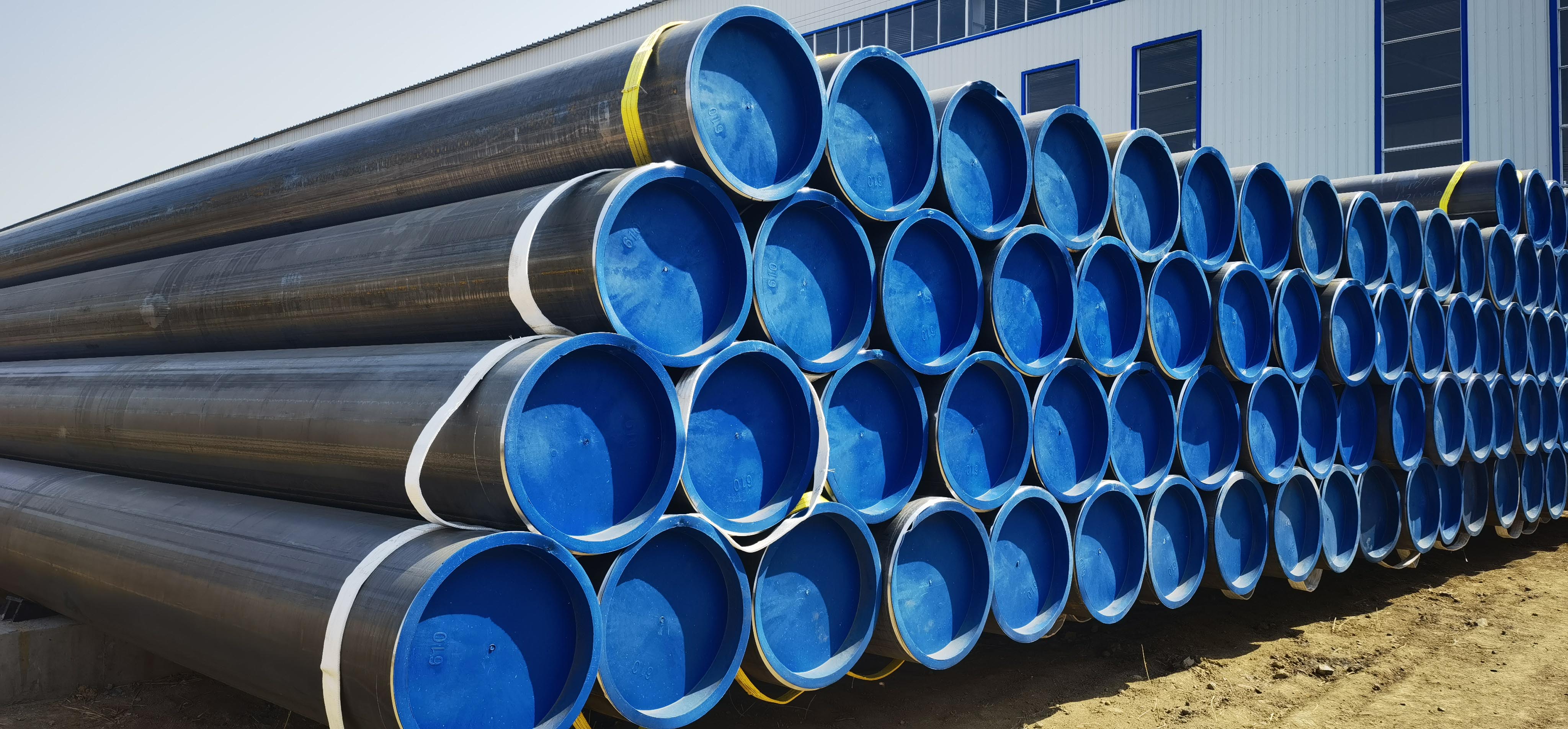
Stainless steel-Stainless steel & Magnetism
The most common stainless steels can be classified by different grades depending on their content of iron, carbon, chromium and other additives such as nickel, titanium or molybdenum.If a steel consists largely of an iron alloy, it can be assigned to the group of stainless steels.Therefore, let us focus exclusively on stainless steel.However, "ordinary" steel can also be rustproof and stainless steel can rust, in case it does not content the needed alloy.The ratio of the additives such as iron, carbon, chromium, nickel and others define the properties of the stainless steels.Furthermore, they are rather poor heat conductors and highly corrosion resistant. Stainless steel also has limited electrical conductivity unlike other types of steel.Austenitic, ferritic and martensitic steel - these are the three groups of stainless steel, the so-called structures, which mainly differ in their nickel content.The composition of the structure determines how magnetic the iron content of the corresponding stainless steel is.The processing of stainless steel can also have an influence on the magnetism of the material.Читать далее -
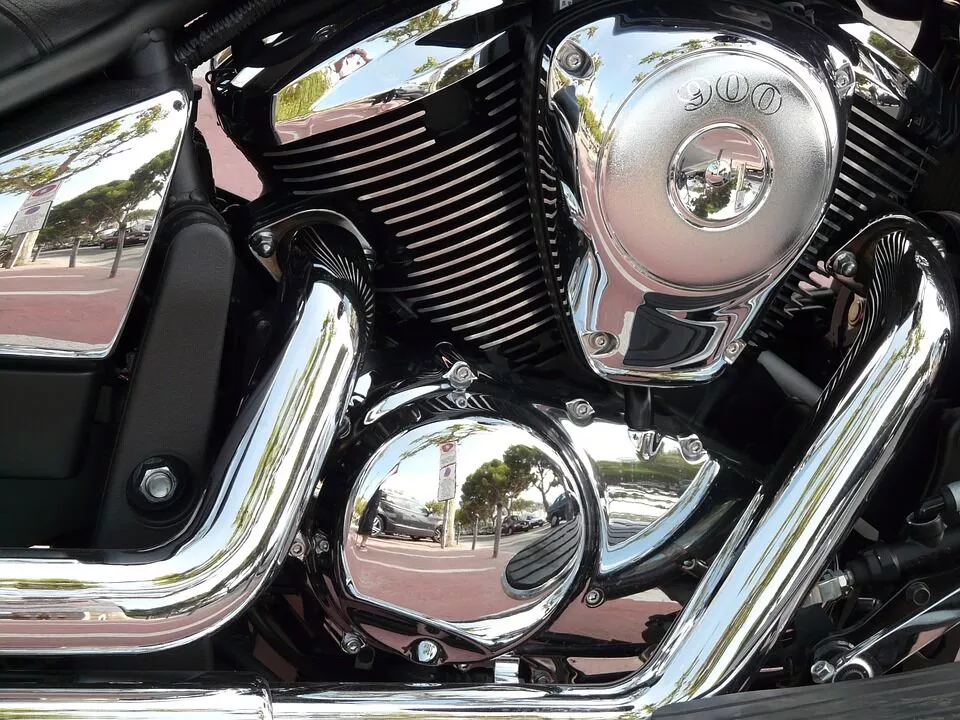
Ferritic Stainless Steel: Production and Benefits
Ferritic stainless steels contain of a high chromium content with low carbon content and in most cases very little nickel content. These grades of stainless steel have a microstructure, that is very similar to both carbon and low alloy steels which makes ferritic stainless steel magnetic. This is a major difference from the non-magnetic austenitic stainless steels.Читать далее -

Нержавеющая сталь — Общая информация: Магнитна ли нержавеющая сталь
Вы когда-нибудь задумывались, сколько предметов в нашей повседневной жизни изготовлено из нержавеющей стали? От кухонной техники и посуды до медицинских инструментов и даже небоскребов, нержавеющая сталь — замечательный материал, который стал неотъемлемой частью современного общества. Нержавеющая сталь известна своей долговечностью, устойчивостью к коррозии и эстетической привлекательностью. Но из чего именно он сделан? Почему она так популярна в различных отраслях промышленности? Нержавеющая сталь состоит в основном из железа, легированного хромом, что придает ей характерный блеск и защиту от ржавчины. Он выпускается в различных классах, каждый из которых имеет определенные свойства для разных применений. Таким образом, нержавеющая сталь может применяться во многих отраслях: от транспортной и медицинской до строительной и аэрокосмической. Хотя нержавеющая сталь широко используется во многих отраслях, людей часто озадачивает один вопрос: магнитна ли нержавеющая сталь? Ответ не является однозначным: да или нет. Магнетизм нержавеющей стали зависит от ее состава. Некоторые виды нержавеющей стали магнитны, а другие нет. Это необходимо объяснять с точки зрения физики, поскольку оно затрагивает взаимоотношения между атомами. Прежде чем понять, почему одна нержавеющая сталь обладает магнетизмом, а другая нет, мы должны углубиться в принцип, создающий магнетизм.Читать далее -
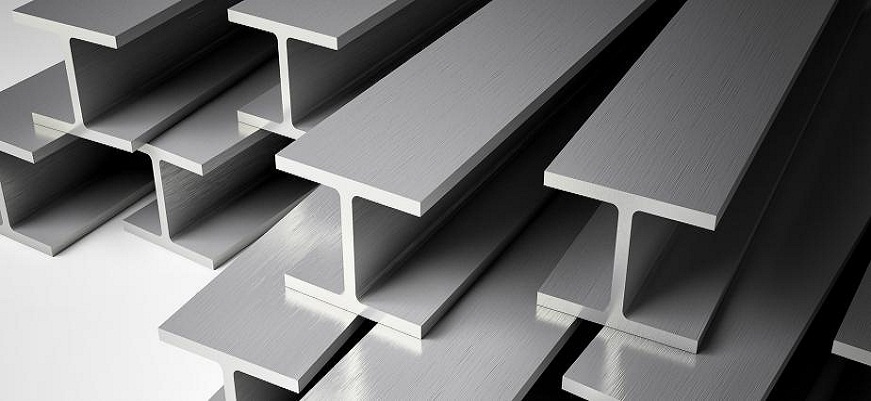
ERW Steel Pipe-STAINLESS STEEL AS THE BASIS OF TODAY’S INDUSTRY
Inox or stainless is an iron alloy containing at least 10.5% chromium, and its main property is durability and corrosion resistance, which is why it is used in construction, surgery, auto industry etc.Читать далее -
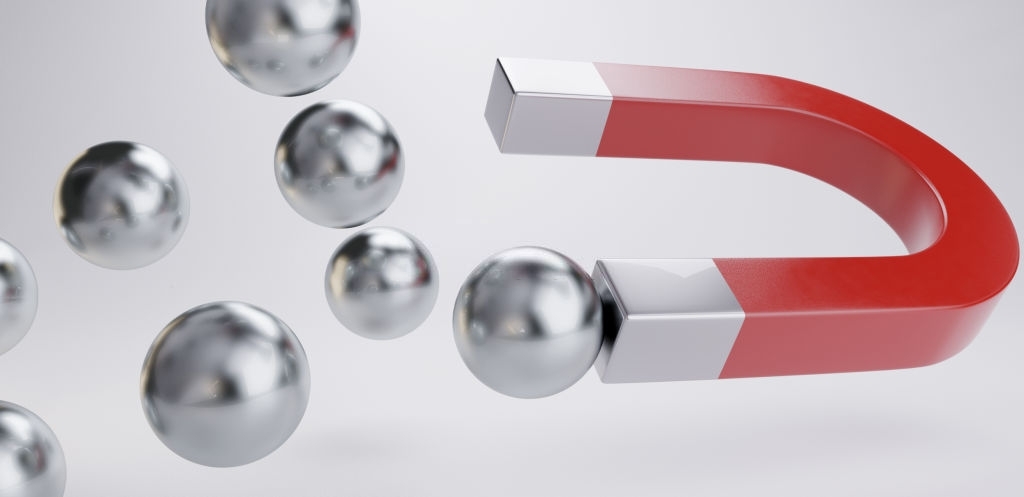
Stainless steel-Are All Metals Magnetic or Attracted by Magnets?
We deal with a broad range of new projects for diverse application. One of the common misconceptions we encounter is the belief that all metals can be attracted by magnets or that all metals are magnetic. It is common knowledge that magnets don’t attract materials like wood, plastic, glass but, when it comes to metals, things are often less straightforward.Any material can be classified in terms of its magnetic behaviour when exposed to an external magnetic field. Although many think materials are either magnetic or non-magnetic, there are, in fact, five (5) categories of magnetic behaviour. But, for most of the elements of the periodic table, diamagnetism and paramagnetism are two of the most common types of magnetism (at room temperature). To properly define how a material responds to an applied magnetic field, we introduce a term called Magnetic Susceptibility, which is a value that indicates the degree of magnetization of a material in response to the applied magnetic field (i.e. it indicates to what extent the material gets magnetised by the applied field). Every material will have a Magnetic Susceptibility value. Relative magnetic permeability is another value that is used.Читать далее -
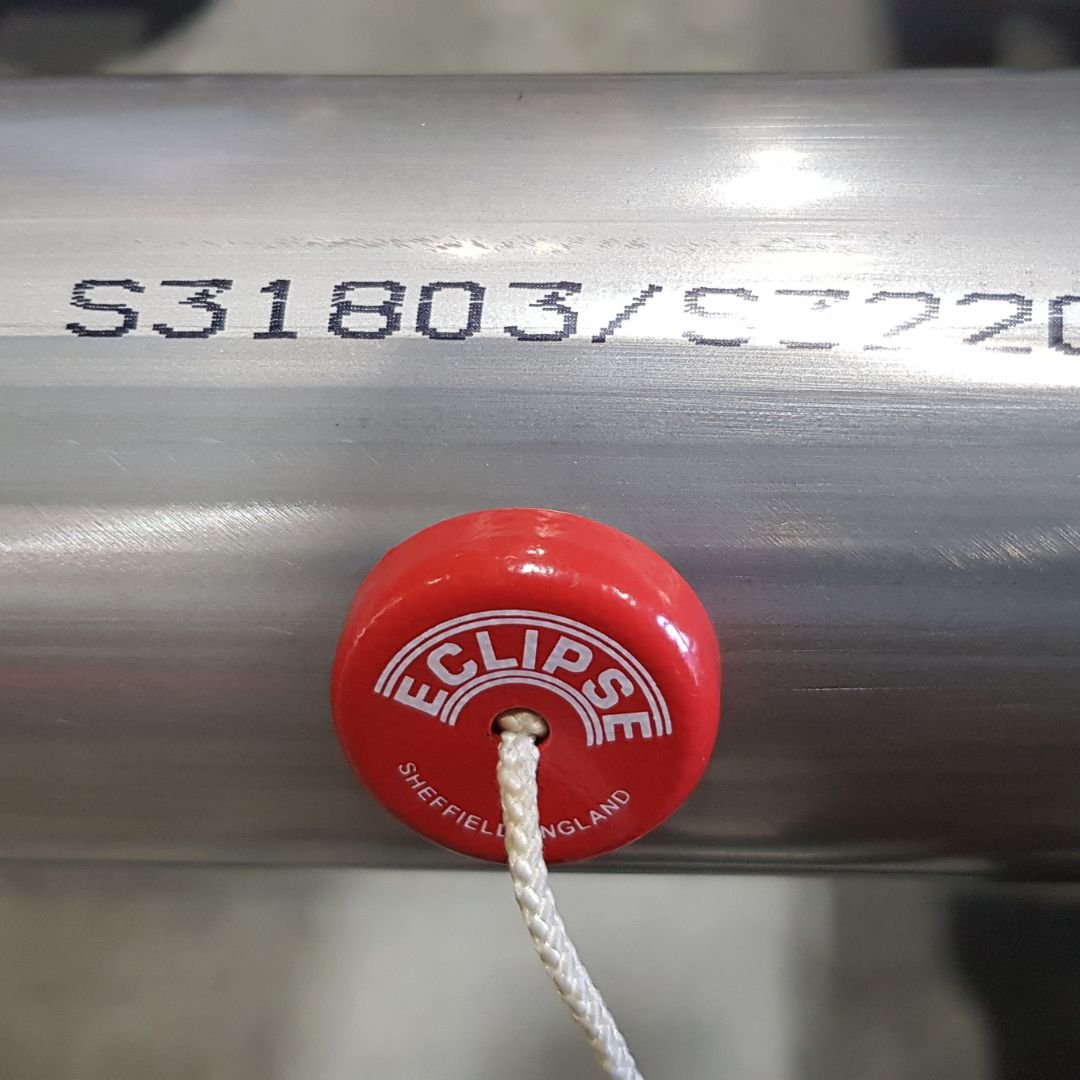
Stainless steel-Is Stainless steel magnetic?
In the real world, things of course aren’t so black and white.Common austenitic grades can still exhibit mild magnetism for a number of reasons. Cold worked 304 and other high formability alloys, when bent or drawn, form strain induced martensite which is, you guessed, magnetic. Forged bolts also exhibit some magnetism, resultant from the forming processes. Even edge deformation (shearing, cutting) induces the same effect.When welding austenitics, filler metals are chosen to deliberately form small amounts of ferrite, as this helps prevent hot cracking and prevent impurity concentrations. Excessive heat input can cause sensitisation, encouraging martensite formation around carbides.Читать далее -
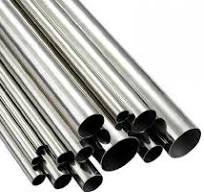
stainless steel Does Stainless Steel Rust & What Does it Mean for Your Outdoor Kitchen?
Can stainless steel rust? This is a common question asked by many.Читать далее -
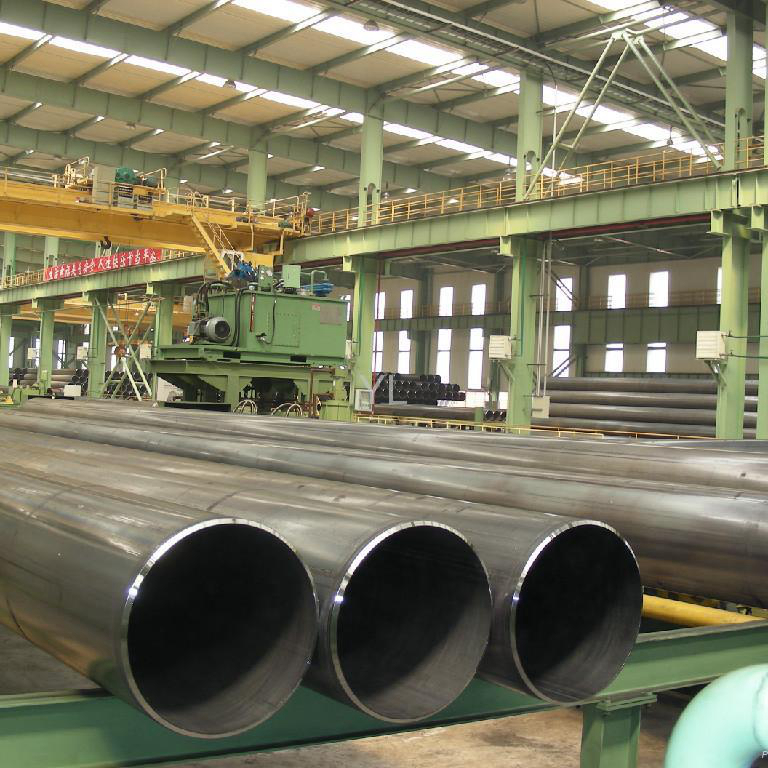
Stainless steel-Is Stainless Steel Magnetic?
As the name suggests, stainless steel is resistant to both staining and corrosion, meaning it’s extremely easy to keep clean. This, alongside its strength and durability, is the primary reason it’s such a popular material for all kinds of industries and applications. However, that doesn’t answer the question: “is stainless steel magnetic?”In truth, this query is far trickier to resolve. That’s because there are various different types of stainless steel. Depending on the concentration of different metals in their composition, some of them are magnetic and some are not. As such, it’s important to verify whether magnetism is a priority for you, then make your decision on which type and grade to purchase for your project.If that all sounds a little confusing, don’t worry. In the article below, we’ll give you a comprehensive overview of the issue in simple and easy-to-understand terms.Читать далее -
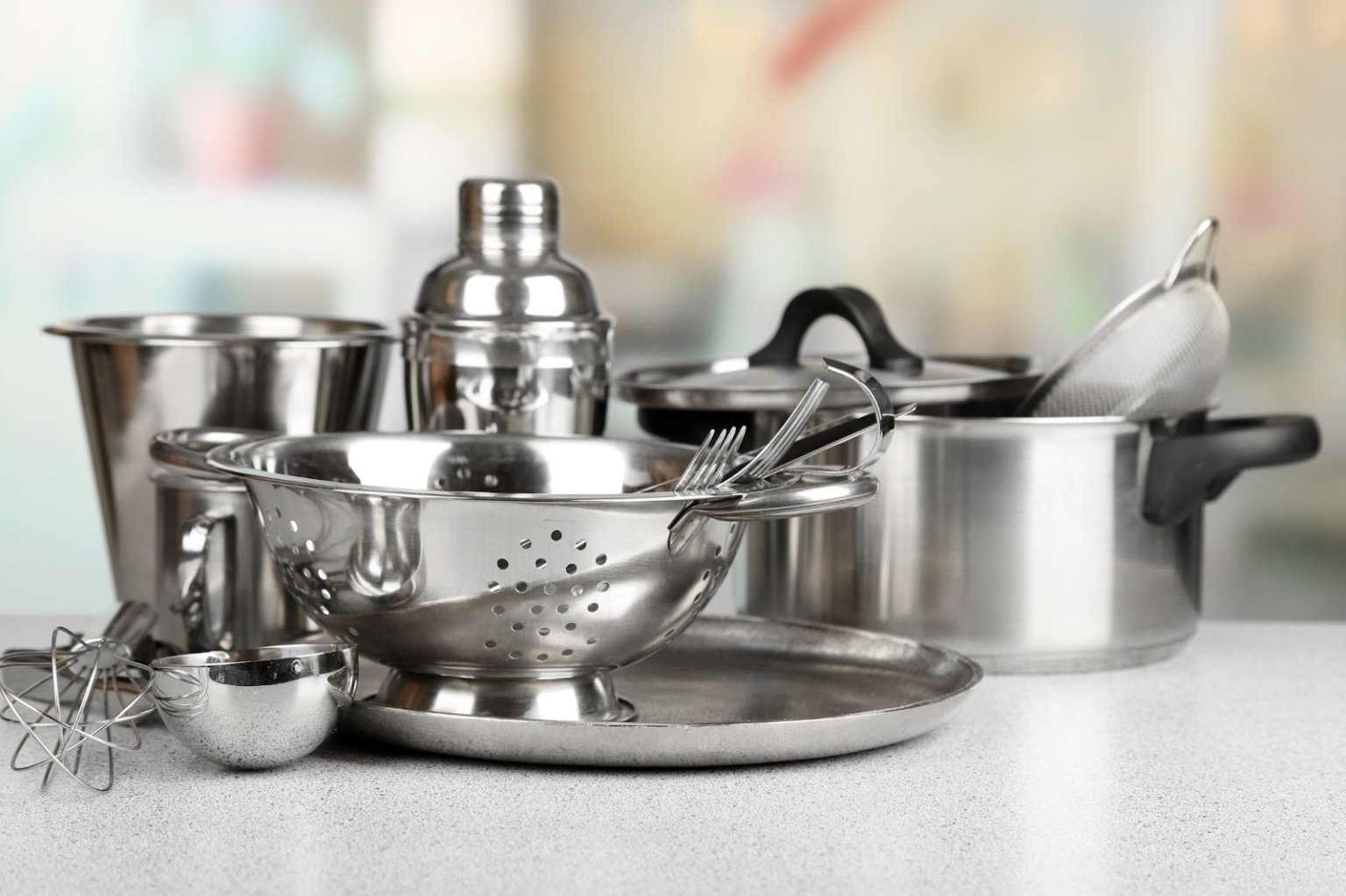
Stainless Steel: Why Do We Call it Stainless?
Stainless steel, a corrosion-resistant iron-chromium alloy, is one of the most common and versatile metal alloys in the world. It’s strong, environmentally resilient, visually appealing, affordable, and has properties that are hard to come by in other metals. It is a green material due to its near-infinite recyclability. From the surface of the latest kitchen appliance, to a structural beam in a building, to surgical instruments in an operating room, stainless steel is all around us. Wonder what makes stainless steel stainless? Read on to learn the secrets of this versatile material, including the origin of its name.Читать далее